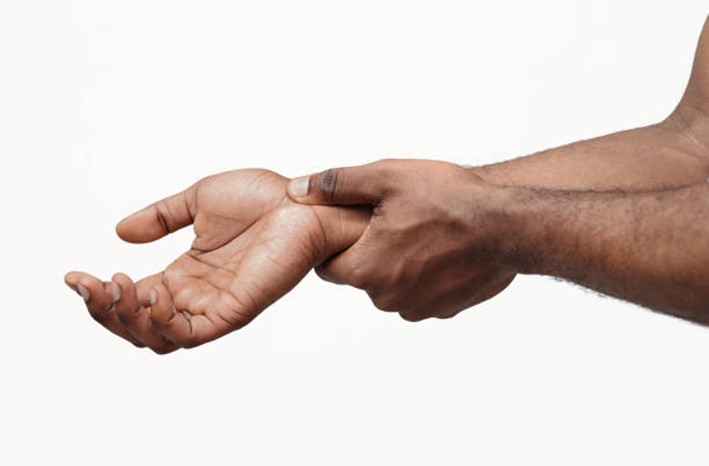
WRIST PAIN
- 2024-07-26 01:09:13

Carpal tunnel syndrome, also called median nerve compression, is a condition that causes numbness, tingling, or weakness in your hand. It happens because of pressure on your median nerve, which runs the length of your arm, goes through a passage in your wrist called the carpal tunnel, and ends in your hand. The median controls the movement and feeling of your thumb and the movement of all your fingers except your pinky.
Carpal Tunnel Syndrome Symptoms
As carpal tunnel syndrome gets worse, you may have less grip strength because the muscles in your hand shrink. You’ll also have more pain and muscle cramping.
Your median nerve can’t work the way it should because of the irritation or pressure around it. This leads to:
You might also notice other symptoms:
Causes of Carpal Tunnel Syndrome
Often, people don't know what brought on their carpal tunnel syndrome. It can be due to:
TREATMENT
To help ease the symptoms of carpal tunnel syndrome, you may want to put ice on your wrist or soak it in an ice bath. Try it for 10 to 15 minutes, once or twice an hour. You can also put your hand in warm water, then gently flex and extend your hand and wrist. Try it 3-4 times a day.
Braces are generally best when you have mild to moderate carpal tunnel syndrome. They don't work for everyone. Your therapist will likely suggest that you wear a brace when you go to bed. That's because most people bend their wrists when they sleep, which can make your symptoms worse.
A physical therapist is a medical professional who can work with you to reduce your pain and help you regain strength and mobility. If they specialize in hand physical therapy, they can recommend something called “gliding” exercises. These focus on nerves and tendons. The goal is to help reduce pain and increase mobility.Your physical therapist might suggest are things like:
The therapists focus on the soft tissue in the arms and hands. The goal is to stop irritation of the median nerve, the culprit behind the condition.
Compiled by: Naomi Wausi / Physical therapist